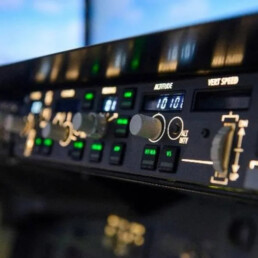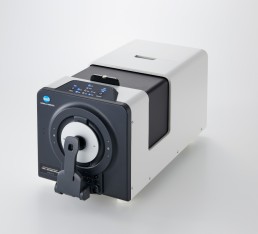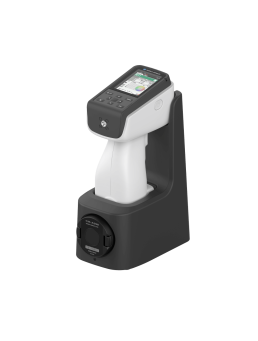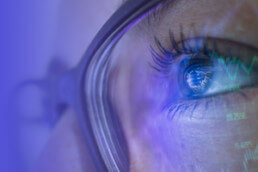Light Ergonomics has the Answer for Workspace Lighting
The amount of light that falls onto a surface is what will determine how well a workstation is lit. When measured, the resulting measurements are called lux measurements. Occupational health and safety professionals have established a system of lux measurements called light ergonomics to define the range of lux measurements that will allow people to carry out tasks in a space.
For example, in a public area with dark surroundings like a park courtyard, illuminance readings must register between 20 and 50 lux to give just the right amount of light to see without being blinding. Conversely, for workstations that require users to perform very prolonged and exacting visual tasks, like watchmakers or in surgical rooms, work areas need to be between 5000 and 10000 lux in order to have enough light to complete their tasks.
Taking lux measurements is one of the best ways to ensure that your workspace lighting falls within the prescribed ranges. Konica Minolta is an industry leader in providing high-quality light measurement instruments from the T-10A Illuminance Meter to the full featured CL-500A Reference Illuminance Spectrophotometer.
Visit our Lighting Industry Solutions page to see a full line of available instruments from Konica Minolta Sensing’s lighting product line to find solutions for research and development, design, production, quality control, installation, and field verification.










